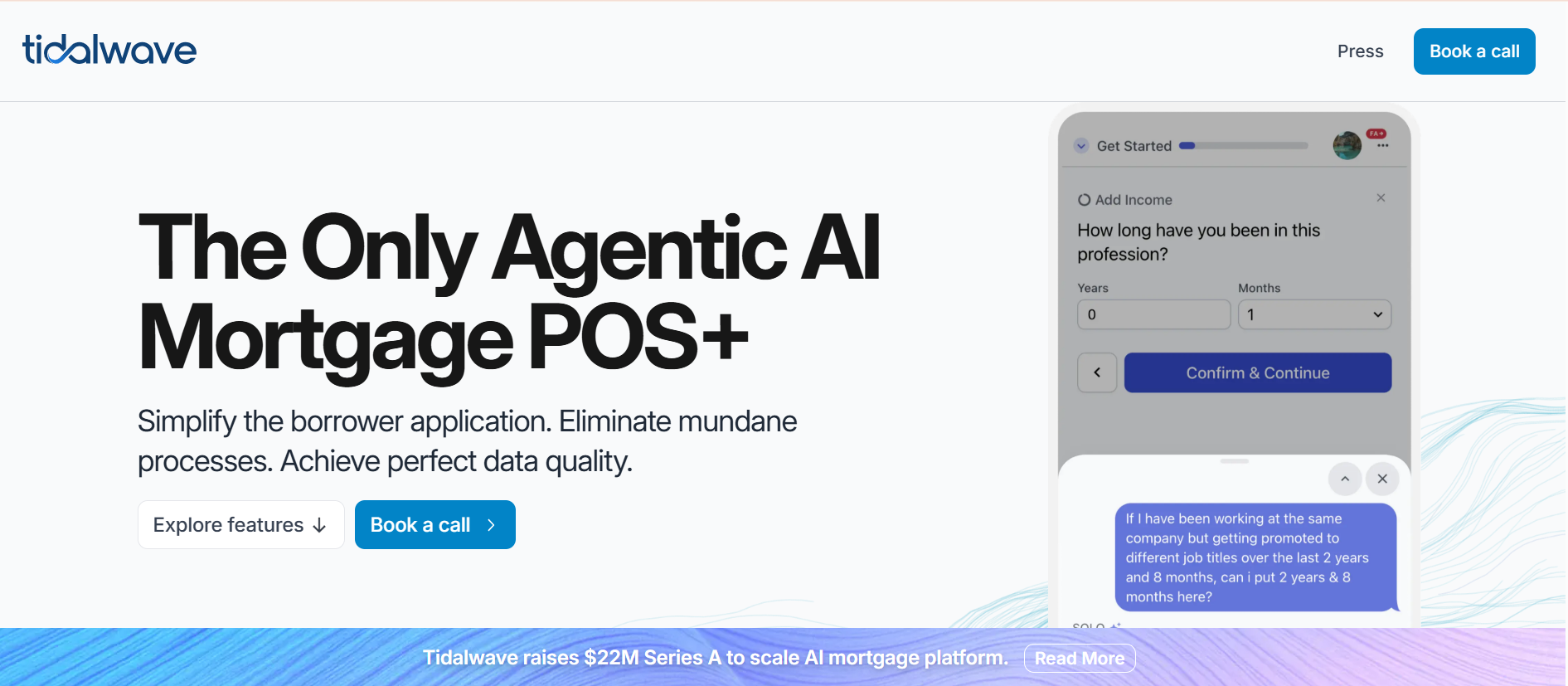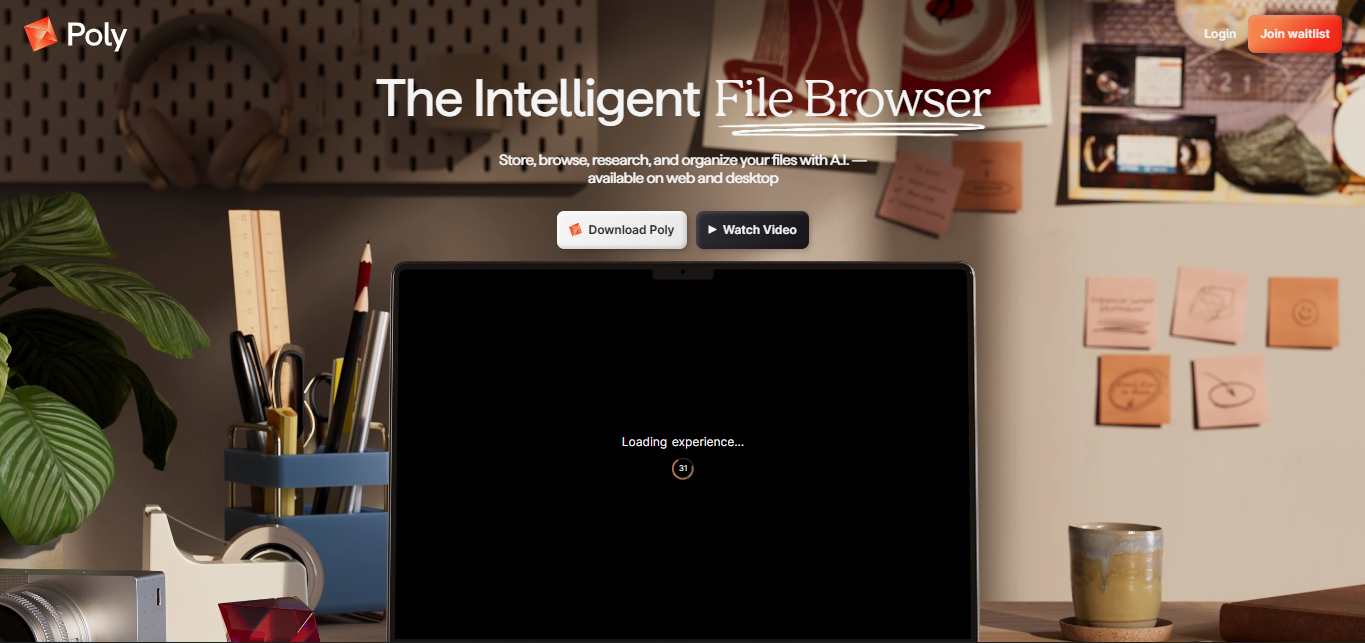Daylight Raises $75 Million to Power the Future of Decentralized Energy Networks
October 25, 2025
byFenoms Startup Research

Daylight, a U.S.-based energy startup founded by Jason Badeaux, has raised $75 million in a new funding round to accelerate the transition toward community-driven, decentralized energy systems.
The round brings together a powerful coalition of investors - Framework Ventures, a16z Crypto, Lerer Hippeau, M13, Room40 Ventures, EV3, Crucible Capital, Coinbase, Not Boring Capital, and Turtle Hill Capital - underscoring how blockchain and AI are reshaping the grid.
At its core, Daylight enables households to generate, store, and trade energy within local networks, creating what the company calls The Daylight Network - a digital marketplace for renewable power that rewards users for producing and conserving electricity.
Redefining How the Grid Works
For decades, electricity flowed in one direction: from utilities to consumers. Daylight flips that model.
Its platform allows homeowners and businesses equipped with solar panels, batteries, or smart meters to automatically sell excess power back to the grid or to nearby users. Through AI-based optimization and blockchain-verified transactions, Daylight turns homes into mini-power plants, reducing strain on national grids and making energy distribution more resilient.
This vision aligns with what analysts are calling the “Internet of Energy” - a decentralized ecosystem where energy behaves like data: distributed, traceable, and instantly transactable.
The Market Is Ready
The global shift toward decentralized energy isn’t theoretical - it’s already happening.
According to Bloomberg NEF (2025), global investment in distributed energy resources (DERs) reached $490 billion last year, up 34 % from 2023. The microgrid market alone is expected to hit $74 billion by 2030, with North America accounting for nearly 40 % of installations.
Meanwhile, the U.S. Department of Energy estimates that peer-to-peer energy trading could cut household power costs by up to 25 % and significantly improve grid reliability during high-demand events.
Daylight’s timing couldn’t be better: as power grids age and extreme weather worsens, governments are incentivizing localized energy independence - a perfect setup for a platform that monetizes resilience.
The Founders’ Strategic Lens
Daylight’s founder, Jason Badeaux, describes the company’s mission as “turning energy savings into a new asset class.”
Instead of letting excess kilowatts vanish unused, Daylight tokenizes them - making clean power both a commodity and an investment.
The company’s integration with Coinbase Wallet allows users to track earnings and convert energy credits into stable assets or spend them on network services. That bridge between real-world infrastructure and digital finance is exactly what excites venture investors from the crypto, sustainability, and fintech worlds alike.
Where the Real Leverage Lies
Here’s where the story carries a deeper lesson for founders across industries: Daylight isn’t just building a greener grid - it’s building a behavioral economy around participation.
Too often, startups in the climate-tech space focus on scale before adoption. Daylight’s model flips that logic - it builds micro-incentives first. Each kilowatt-hour produced, shared, or conserved becomes a unit of value, gamifying sustainability without preaching it.
That’s the quiet revolution happening beneath the surface of energy tech - and it’s a principle founders everywhere can apply:
The next generation of category-defining startups won’t just digitize industries - they’ll build new incentive systems that make change profitable.
When you design systems where doing the right thing is economically aligned with self-interest, growth stops depending on persuasion and starts running on momentum.
That’s why investors are drawn to infrastructure plays like Daylight. They don’t rely on storytelling - they rely on alignment economics.
For founders, the insight is simple but profound: the future isn’t only decentralized - it’s incentivized. The companies that thrive won’t just connect users; they’ll reward them for participating in systems that outlast hype cycles.
An Expanding Energy-Tech Frontier
Daylight’s success mirrors the rapid rise of the broader energy-data and distributed-storage ecosystem.
According to McKinsey’s 2025 CleanTech Outlook, the combination of AI-driven grid analytics and decentralized generation could unlock over $2.5 trillion in cumulative economic value by 2035.
As more homes adopt smart batteries and IoT-connected devices, energy-data interoperability will become as crucial as the power itself. Platforms like Daylight are emerging as the middleware layer that makes the distributed grid intelligible - unifying solar producers, EV chargers, and utilities under one transparent marketplace.
Meanwhile, carbon-offset markets are becoming an additional growth engine. Research from Allied Market Insights (2025) projects that tokenized carbon and energy credits could surpass $100 billion in annual trade volume within five years, with blockchain-enabled verification ensuring authenticity - a niche where Daylight is already positioned to lead.
What’s Next for Daylight
Armed with its $75 million raise, Daylight plans to:
- Expand the Daylight Network across key U.S. states and into select international markets.
- Integrate new battery-storage and EV-charging partners to deepen household participation.
- Invest in grid-AI optimization, helping utilities predict supply, demand, and transaction flows in real time.
The company is also preparing to launch “Daylight Rewards,” a user-facing feature that lets households automatically reinvest energy earnings into new solar installations or home-efficiency upgrades.
As the lines between energy and data blur, Daylight is positioning itself as more than a clean-tech platform - it’s becoming the operating system of decentralized power.









